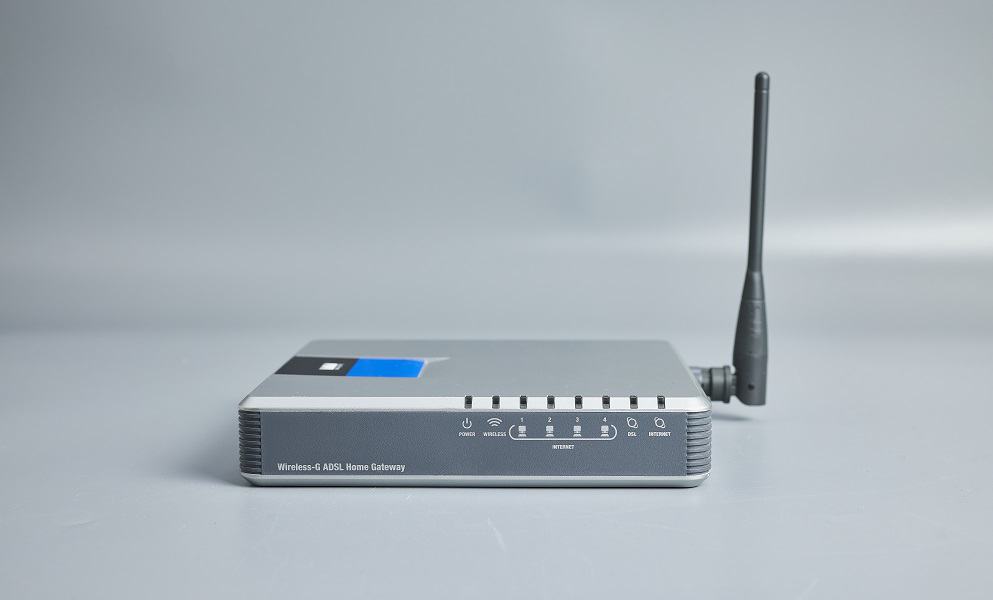If you have been experiencing various recurring issues when it comes to your internet connection, your modem might be to blame. Your internet connection can significantly slow down, or even become completely unavailable, due to a malfunctioning modem.
In most cases, modems last between two and five years. However, the average life of a modem is also influenced by a variety of other factors including build quality, maintenance, as well as any relevant technological changes implemented during its life.
How Long Do Modems Last?

A modem’s internal components (including both hardware and software) have a huge influence on their average useful life.
On average, fiber-based modems last longer than their cable counterparts. Its normal to find fiber-based modems lasting for five or more years, while cable variants normally tap out after two to four years of use.
The main reason for this is that fiber-based options do not come with the added risk of failure due to power surges on the data line, as they use light signals. Dirty power across the data line is one of the most common reasons behind the premature failure of cable modems.
Changing DOCSIS protocols also has an influence on how long a cable modem lasts. A modem can be rendered all but useless by the introduction of new standards, even though its hardware components are in perfect working condition.
Why Do Modems Go Bad?
It might be surprising to hear that modems actually go bad after around two to five years, when all they do is sit in one place throughout. However, there are many reasons why modems go bad including:
Obsolescence
Changes in internet connection technology can force you to get a new modem, if they render your current device unusable. A properly working modem can become obsolete, if it cannot be upgraded to the latest technology.
Heat
Modems rely on the proper functioning of their internal electrical components - which produce a lot of heat. These components don’t do well with extended exposure to heat. Without a highly effective cooling system (absent in most modems) these electrical components are bound to start falling apart and malfunctioning, with time.
Accumulation of Dust
The accumulation of dust inside modems further worsens the problem of heat build up, by creating an additional layer of insulation. Dust build up is a huge problem when it comes to modems (electronics in general) as it’s not possible for users to clean the inside of these devices without voiding their warranty.
Running Constantly
It’s common for modems to be left running throughout their life without ever being switched off. Over time, the strain of keeping these devices running causes wear and tear on the internal electrical components.
Power Fluctuations
Changes in the amount of power flowing into your modem – due to power surges and brownouts – puts the internal components under a lot of strain; leading to irreversible damage.
How To Make a Modem Last Longer

To ensure that your modem serves you reliably for as long as possible, follow the prevention guidelines outlined below:
Get a Surge Protector
To keep your modem from getting damaged by fluctuations in power, its recommended that you hook it up to a surge protector. Using a UPS will help to protect the modem from blackouts and brownouts as well.
When getting a surge protector for your modem, remember that you need something that not only caters to its electrical power, but also to surges in the data line (if using a cable modem). With that in mind, you should look into getting a UPS or surge protector with coax/phone protection.
Installation Location Matters
Ensuring that your modem is installed in a suitable location can also help extend its life. The most suitable location would be in a cool dry place, away from moisture and huge temperature fluctuations. Furthermore, the modem should not be placed where it can be easily knocked down, or unable to release or vent the heat produced by its internal components.
Switch Off The Modem When It’s Not In Use
While it's true that modems are made of durable materials that can stand up well to constant use. Turning the modem off for a few hours whenever it is not in use gives the hardworking internal components more run-time.
Final Thoughts
In most cases, modems can last between two and five years. There are many signs of a failing modem including unexplained slowdowns, or interruptions, in your internet connection.
These useful devices normally malfunction/fail due to a number of reasons – some of which are out of your control. Fortunately though, you can still extend the life of your modem with a few simple preventative measures, as covered above.

